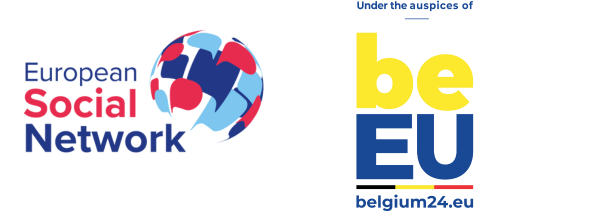By Rainer Binder, Global Social Services Lead, Accenture
Our physical and digital worlds are converging like never before. Accenture’s latest Technology Vision report, ‘When Atoms Meet Bits – The Foundations of our New Reality,’ highlights how this convergence is impacting people in all spheres of their lives, from how we shop to how we do our taxes. And for social service agencies this shift could be particularly significant.
The opportunities of emerging technology trends
Rapid innovation has meant that digital identities have proliferated. Currently, each is used to validate access to a specific digital service. There is no core digital identity that could be used for multiple purposes in the same way as a national ID in the physical world.
However, creating something like this could have a positive impact for social service users. For example, it could enable users to manage all benefits and support with a single log-in or it could streamline the eligibility assessment process by making it easier for the assessor to access supporting information.
Accompanying this shift, we are also seeing people demand greater access to their own data in ways that will be useful to them. This is likely to mean major changes in both systems and processes, but it could also have a profound impact on the relationship between social service organizations and their users.
This is a chance to engage people in new and more proactive ways. Greater insight into projected pensions could help people plan for retirement. Or connecting health, income and other data could help new parents identify and access the services they need and are eligible for.
Three principles for user-centric innovation
In both instances there are range of potential technical solutions. Regardless of which is chosen the findings and approaches identified in the Accenture report “Public Service Experience Through a New Lens,” should help guide their use:
- Make it easy
Unlike consumer services people aren’t accessing social services on a daily basis – 75% of people only interact with government services 0-2 times a year. The goal should be to create intuitive processes that work from the very first time.
- Balance digital and human interaction
Services need to be accessible to people with diverse needs. For, example our research found that 20% of people don’t have high speed internet in their homes. It’s essential that organizations account for this diversity as they design solutions to ensure no one is left behind.
- Increase confidence through security
Our survey found that 43% of people are more likely to use digital technology to access government services if they have more confidence in data security and privacy. This is particularly important in relation to the highly personal information that social services organizations deal with.
Taken together, these emerging trends and the framework provided by the three principles, present an opportunity for social services leaders. Embracing it could help agencies to intervene earlier and more actively to achieve better outcomes for the people they serve.

